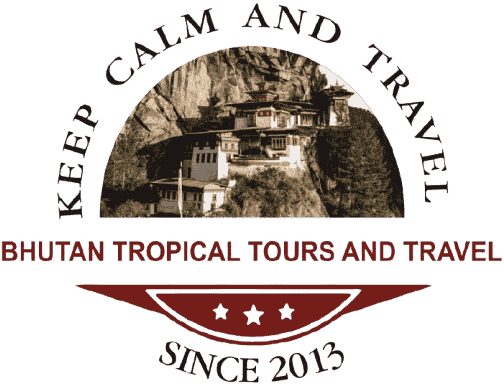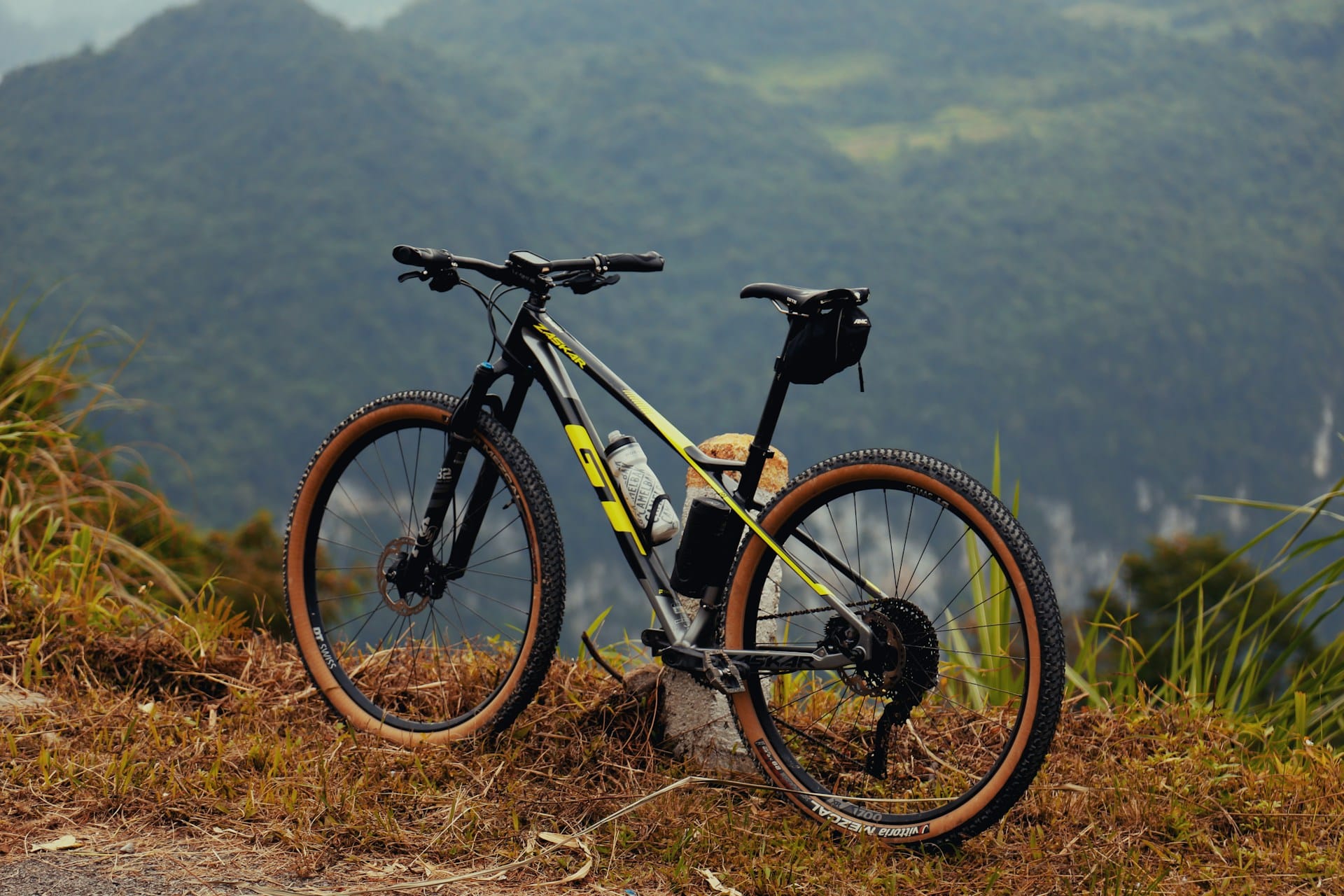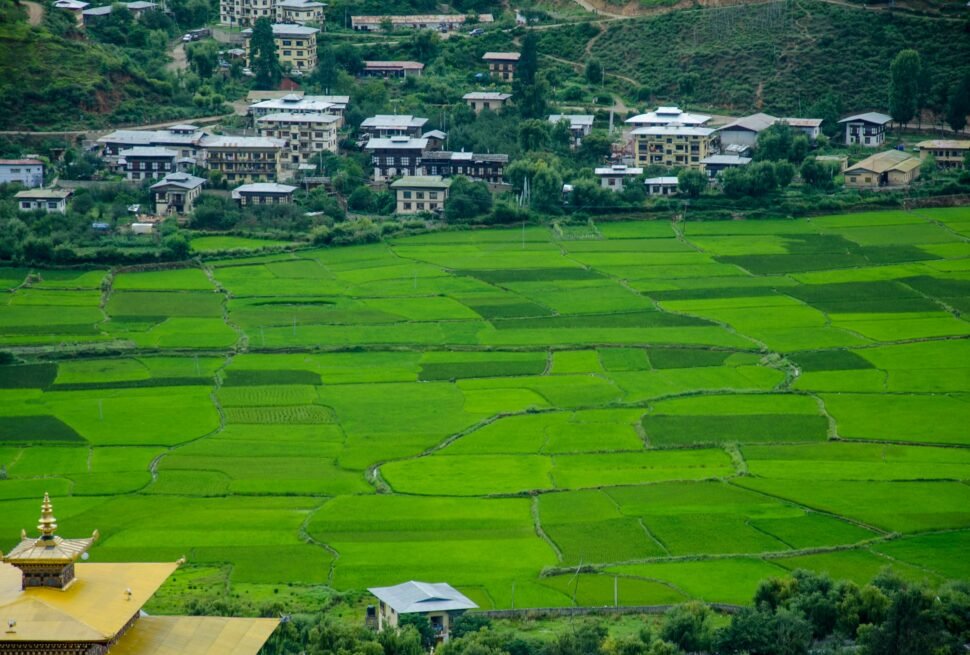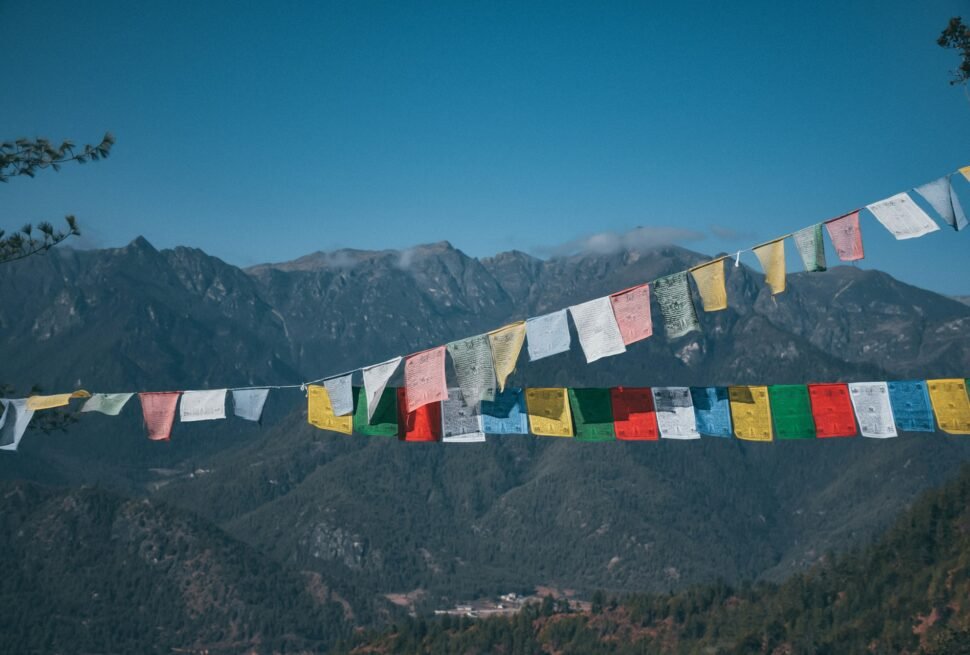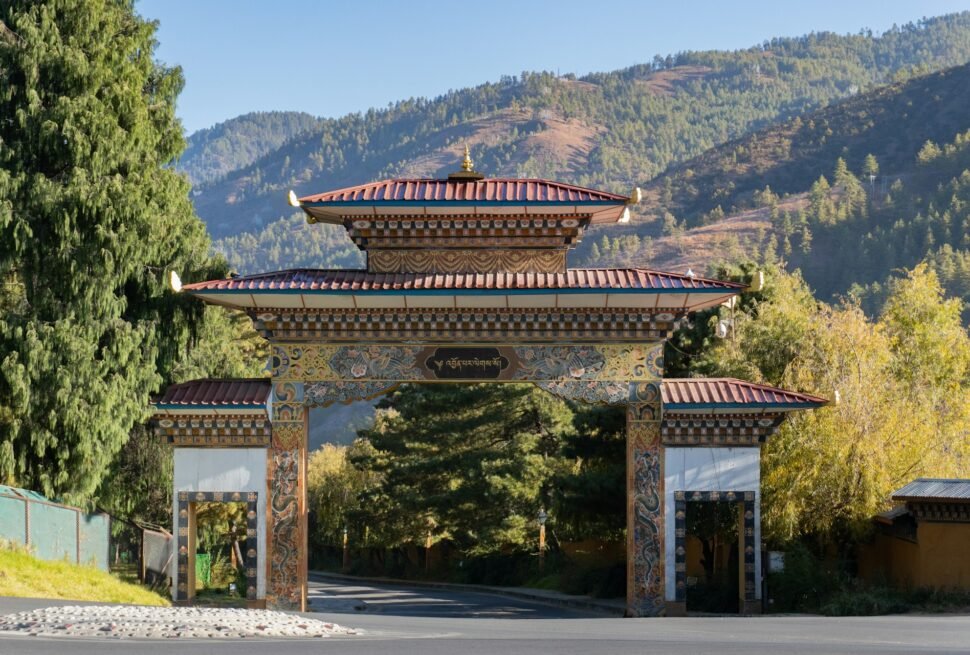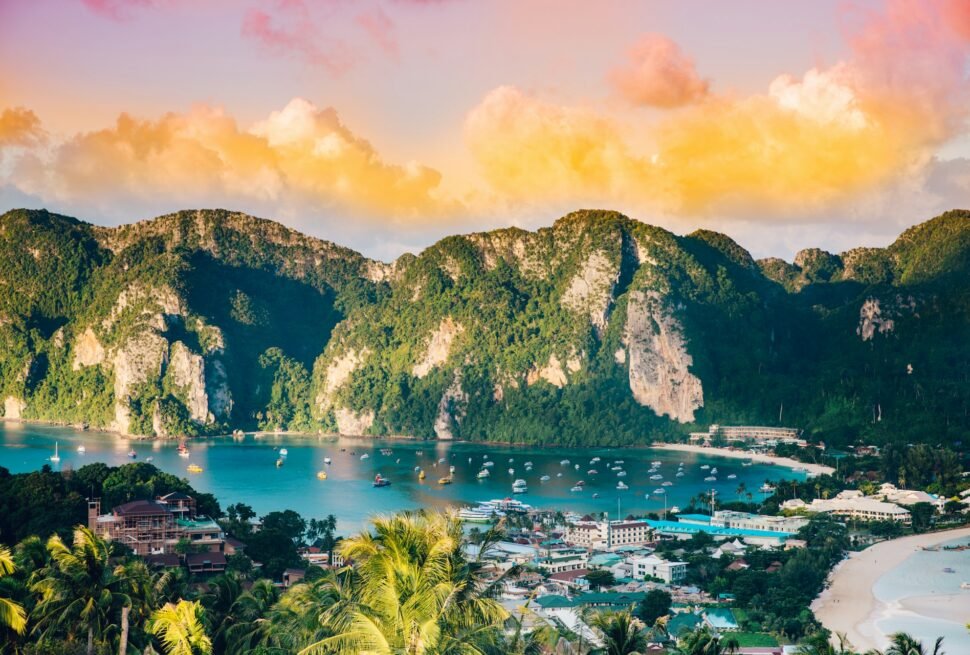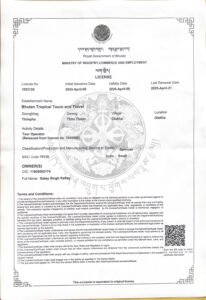Bhutan is known for its peaceful monasteries and pristine landscapes, but it’s also a dream destination for adventure lovers. Whether you’re trekking through the Himalayas, biking along mountain passes, rafting past ancient dzongs, or spotting rare birds in lush valleys, Bhutan offers an experience where nature, culture, and thrill blend seamlessly.
Here’s your guide to the top adventure activities in Bhutan, complete with practical tips on when to go, what to pack, and how to stay safe.
Top Adventure Activities in Bhutan
Trekking & Hiking
Bhutan’s trails range from easy day hikes to legendary treks like the Snowman Trek. These journeys take you through alpine meadows, forested valleys, and high mountain passes.
- Top Treks: Druk Path, Jomolhari Trek, Dagala Thousand Lakes, Snowman Trek
- Tip: Acclimatize gradually, especially on treks above 3,000 meters.
Mountain Biking
From smooth village roads to rugged highland trails, Bhutan’s diverse terrain makes it perfect for mountain biking. Ride through farmlands, pine forests, and scenic river valleys.
- Popular Routes: Paro to Thimphu, Punakha Valley, Bumthang trails
- Best Season: Spring and autumn offer dry, clear conditions.
White-Water Rafting
Bhutan’s rivers offer moderate rapids ideal for first-timers and families. The Pho Chhu and Mo Chhu rivers in Punakha are popular rafting spots with beautiful views of traditional architecture and Himalayan backdrops.
- Best Time: March to May and September to November
- Difficulty Level: Mostly Class II–III+ rapids
Rock Climbing
Climbing is still a growing sport in Bhutan, but Thimphu offers several bolted routes ideal for beginners and intermediate climbers. It’s best done under local guidance, as the terrain can be tricky and wild.
- Tip: All gear and safety equipment should be sourced through authorized climbing clubs.
Archery
Archery is Bhutan’s national sport and a cultural event in itself. Visitors can try their hand at modern or traditional bows at designated ranges and camps. It’s a fun, interactive way to immerse in Bhutanese culture.
Camping
Camping is integrated into many treks and also available in valleys like Haa and Phobjikha. Bhutan’s minimal light pollution allows for exceptional stargazing at night.
- Facilities: Vary from full-service trekking camps to rustic setups in remote areas
Motorbiking
Explore Bhutan on two wheels, riding through winding mountain roads, misty passes, and lush valleys. Motorbiking gives you the freedom to explore offbeat places at your own pace, all while soaking in panoramic views.
- Popular Routes: Thimphu to Punakha, Paro to Haa via Chele La Pass, and central Bhutan loops through Bumthang
- Tip: Carry spare parts and check fuel availability in remote regions. Always wear protective gear and ride cautiously on mountain roads.
Birdwatching
Bhutan is a paradise for birdwatchers, with over 700 species, including endangered and endemic birds. The country’s diverse ecosystems—from subtropical forests to alpine regions—provide varied habitats.
- Best Spots: Phobjikha Valley (black-necked cranes), Jigme Dorji National Park, Royal Manas National Park, and Zhemgang
- Best Time: November to March for migratory birds; spring for colorful species like the Himalayan monal and satyr tragopan
- Tip: Bring binoculars, a field guide, and a camera with a telephoto lens
When to Go for Adventure Travel in Bhutan
- Spring (March–May): Great for trekking, rafting, biking, and birdwatching (migration season ends)
- Autumn (September–November): Peak season for trekking, rafting, and clear mountain views
- Winter (December–February): Cold but ideal for lower-altitude hikes, motorbiking in valleys, and birdwatching
- Monsoon (June–August): Trails are slippery and rivers can flood—avoid outdoor adventures during this season
What to Pack for Adventure in Bhutan
Clothing & Footwear
- Layered clothes for shifting temperatures
- Waterproof jacket and pants
- Quick-dry shirts and thermal base layers
- Woolen cap, gloves, sunglasses, and sunscreen
- Comfortable hiking boots or trail shoes
- Lightweight sneakers for camp or city walks
Adventure Gear
- Daypack with hydration bladder
- Trekking poles (if hiking or trekking)
- Sleeping bag (if camping or on multi-day treks)
- Reusable water bottle or purifier
- Binoculars and camera for wildlife/birdwatching
- Protective gear (helmet, gloves, jackets for biking)
Personal Items
- First-aid kit and prescribed medications
- Insect repellent (especially in summer)
- Lip balm and high-SPF sunscreen
- Flashlight or headlamp
- Travel insurance documents
Precautions & Safety Tips
- Travel Insurance: Make sure it covers activities like trekking, rafting, and biking.
- Altitude: Go slow on high-altitude treks; rest and hydrate often.
- Road Safety: Mountain roads can be narrow and foggy—whether you’re biking or driving, stay alert and follow local traffic rules.
- Guided Travel: For treks, rafting, and motorbiking in remote areas, always travel with a licensed Bhutanese guide or tour operator.
- Respect Wildlife: Keep a safe distance from animals and avoid loud noises in forests or wetlands.
Conclusion: Adventure with Heart
Bhutan’s approach to tourism is rooted in sustainability and spirituality, making it one of the rare places where adventure blends seamlessly with introspection. Whether you’re rafting past centuries-old dzongs, birdwatching in silent valleys, or riding into the clouds on a mountain pass, each moment in Bhutan is rich with meaning.
If you’re craving thrills wrapped in culture, silence punctuated by drumbeats, and landscapes alive with legends—Bhutan is your next great adventure.
